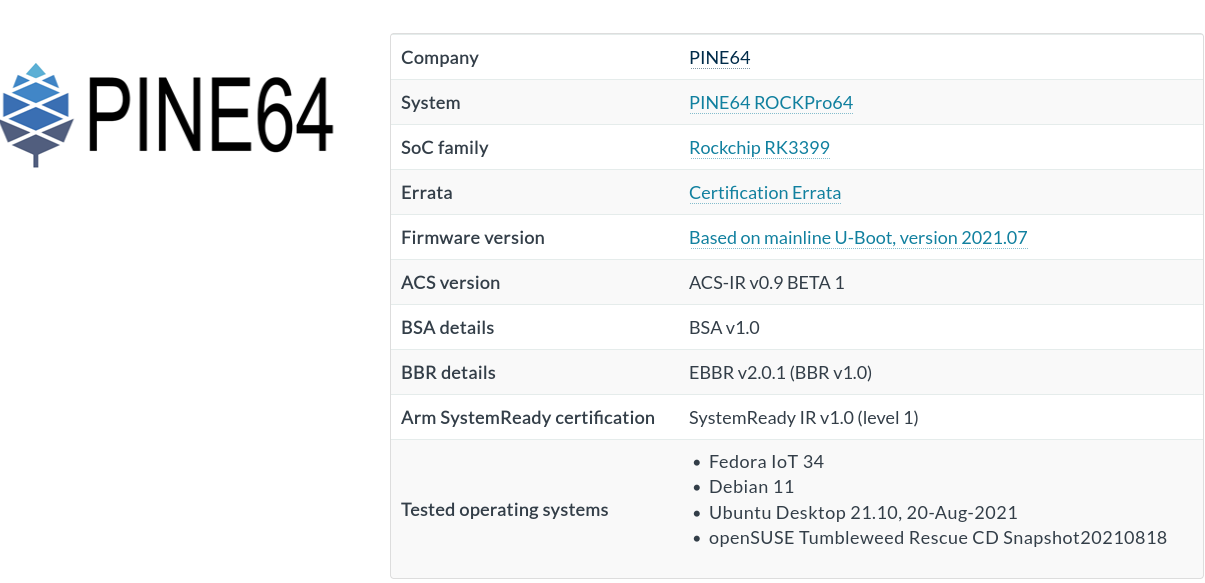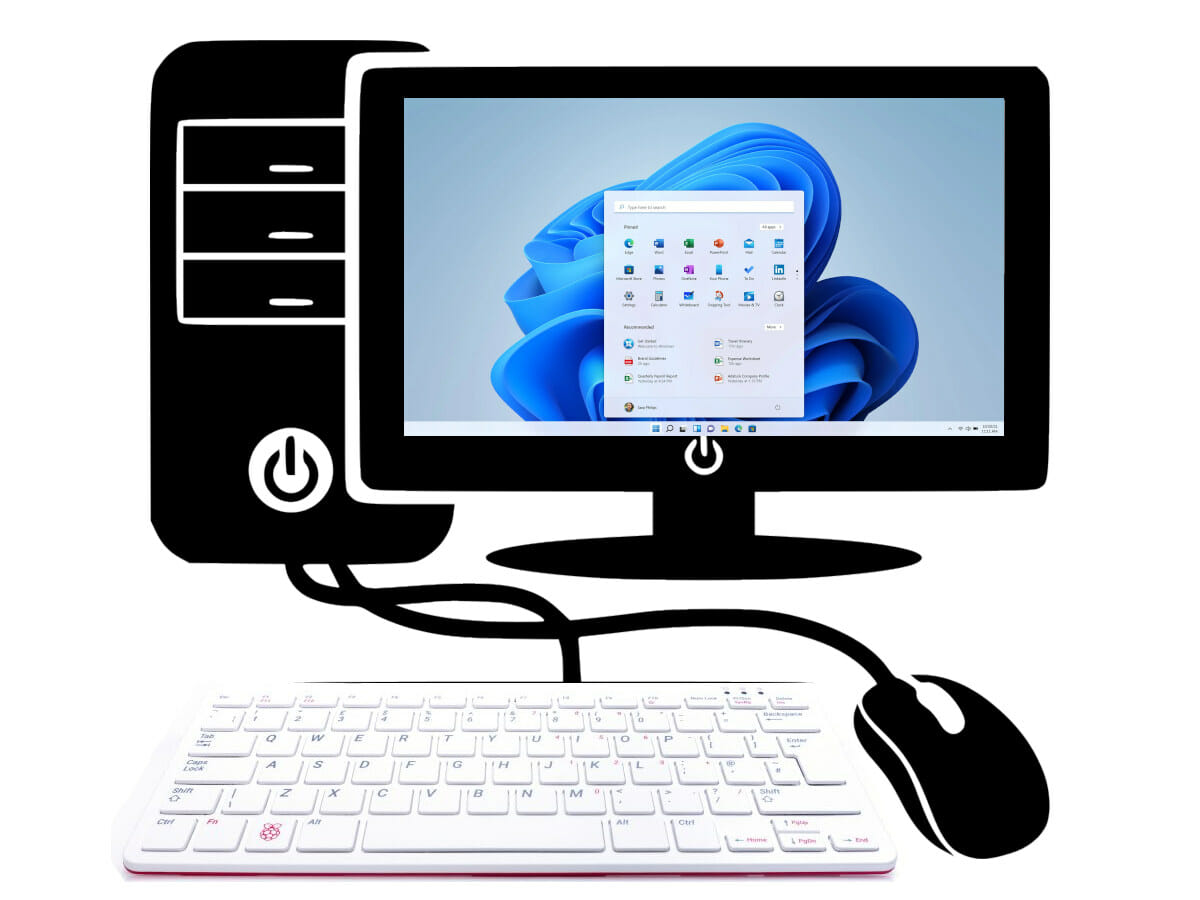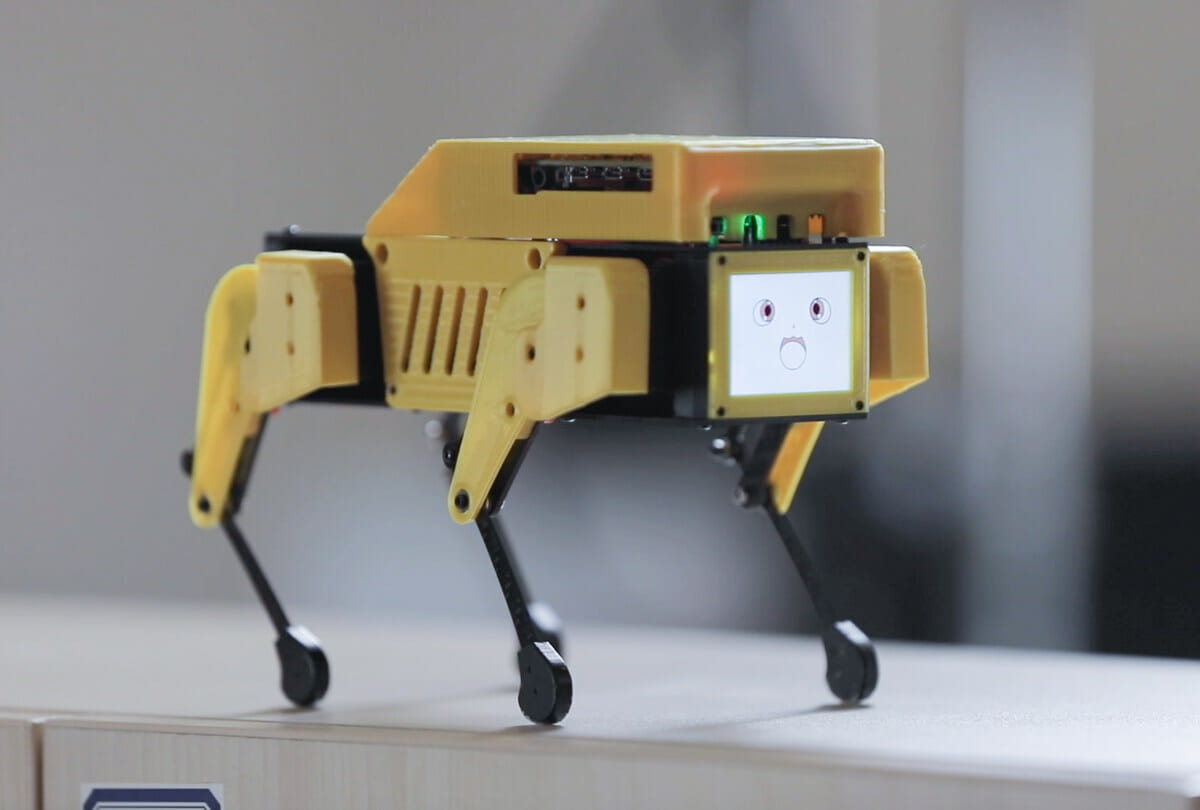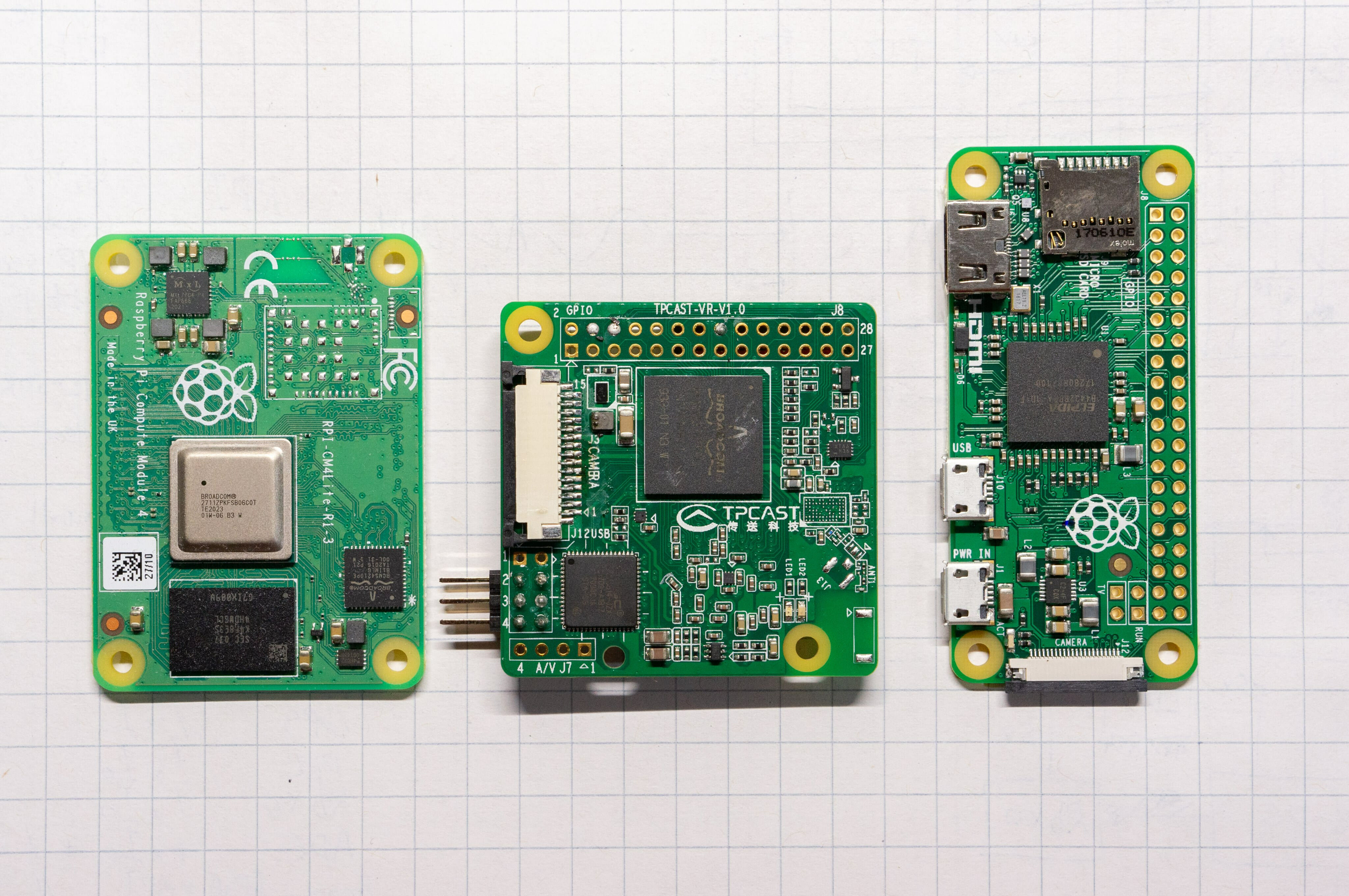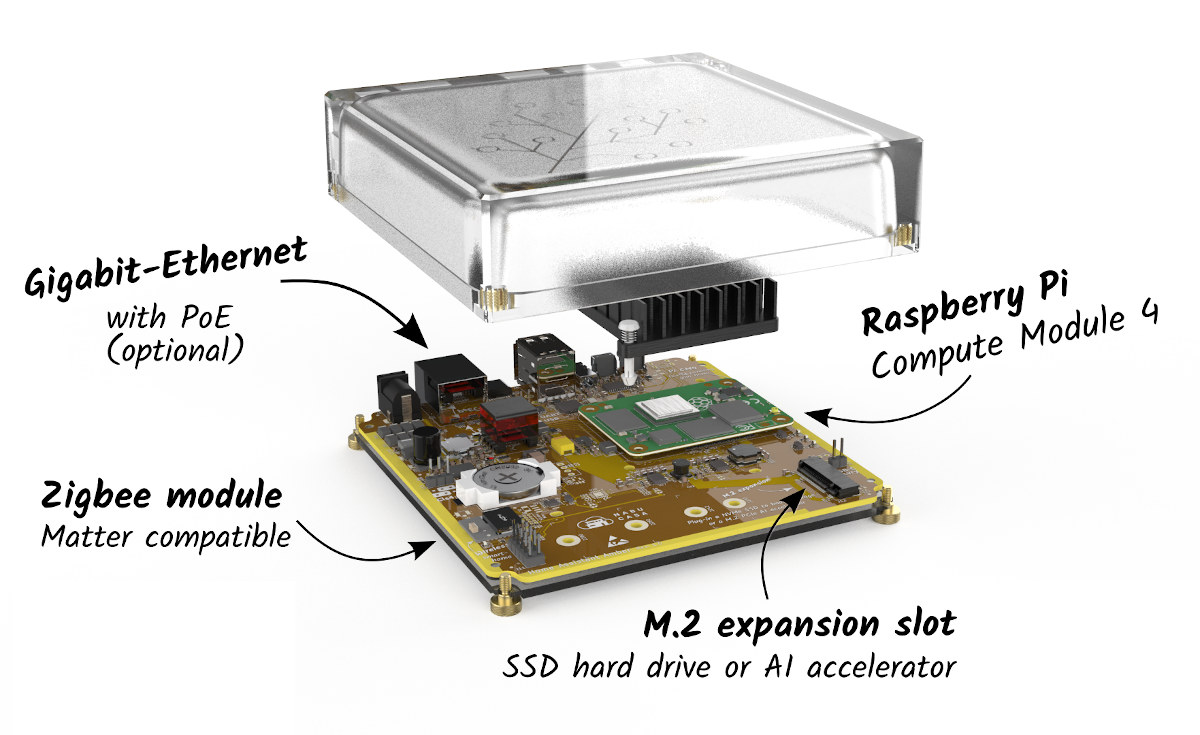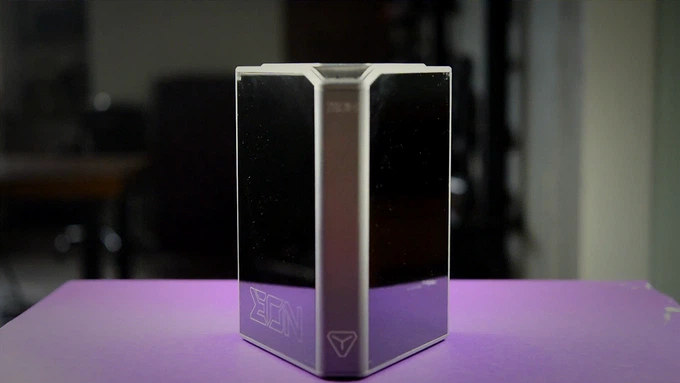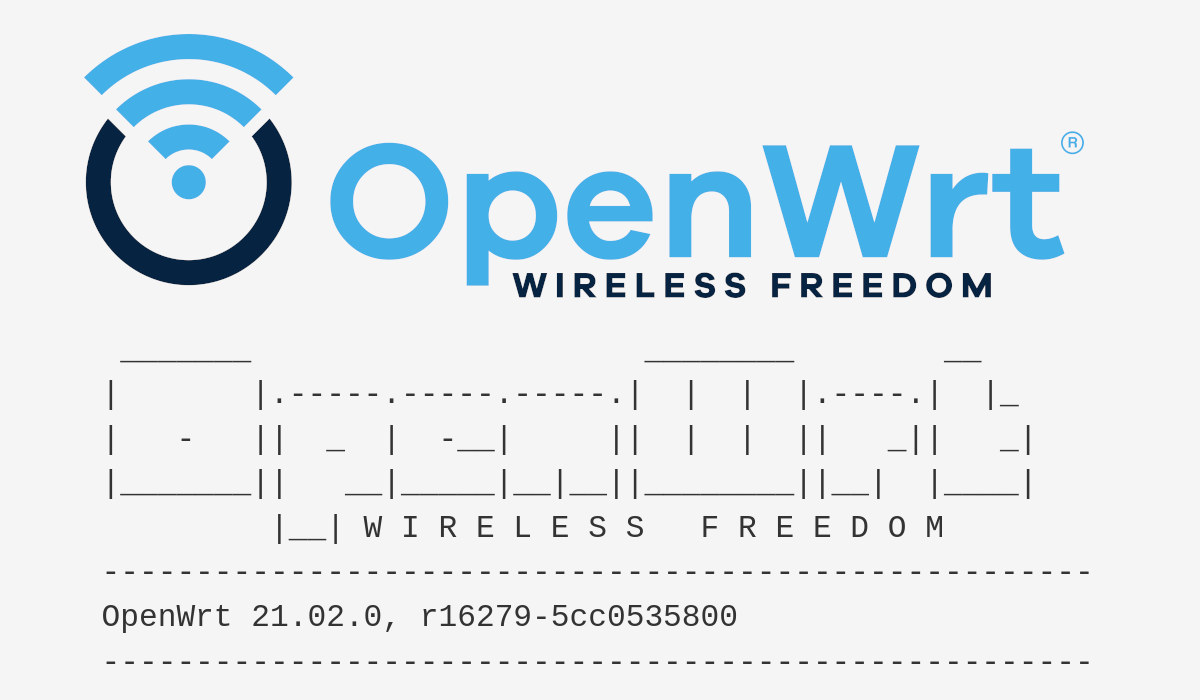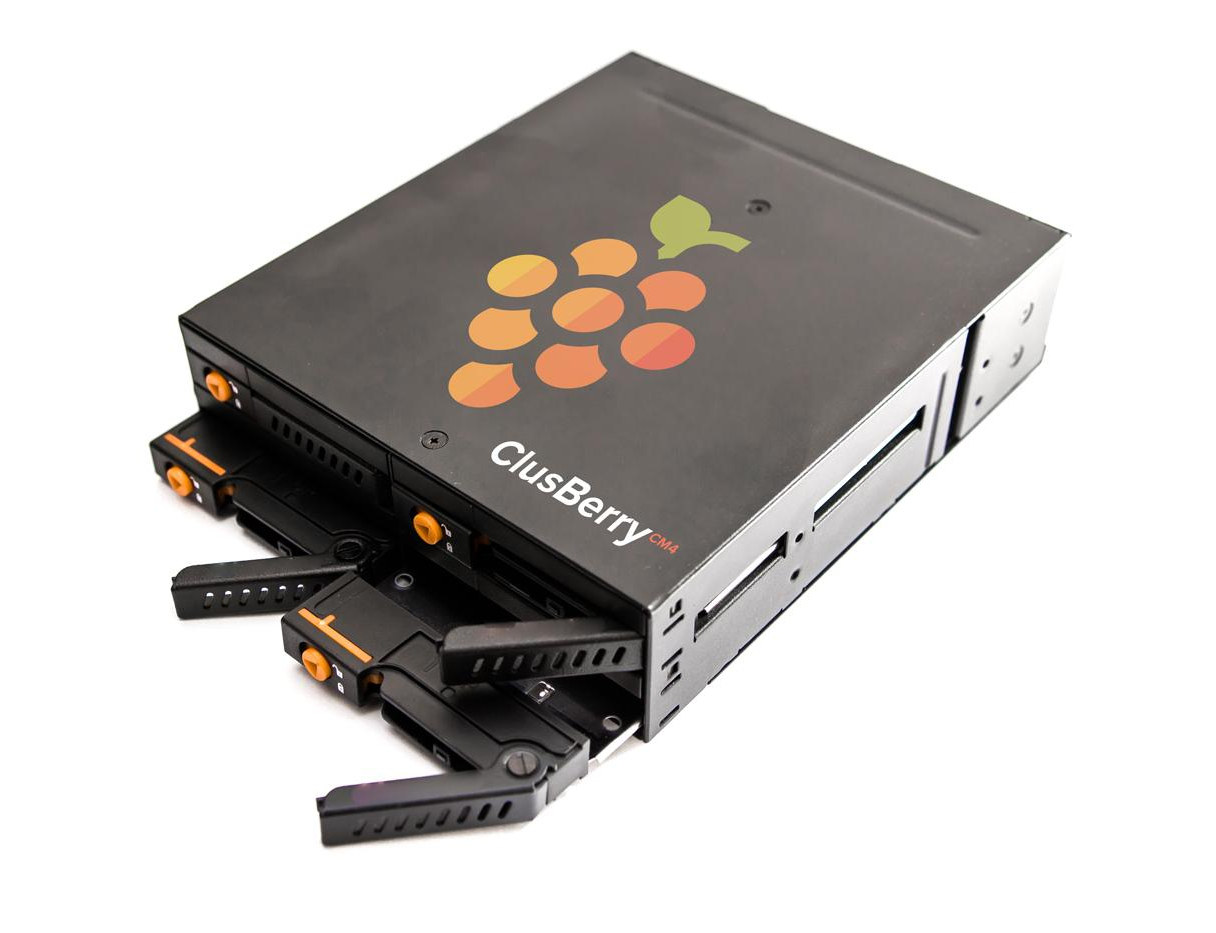The first hardware platforms getting Arm SystemReady IR certification for IoT Edge applications were announced a few months ago with namely NXP i.MX 8 Mini evaluation kit and Compulab IOT-GATE-IMX8 gateway being able to run off-the-shelf operating system images such as Fedora IoT, OpenSuSE Leap 15.3, and Debian 11 thanks to UEFI firmware. But following PinePhone Pro Linux smartphone announcement, and Pine64 October update, we also learned that Rockchip RK3399 based RockPro64 was also Arm SystemReady IR certified, and check Arm’s website directly revealed it was joined by Lenovo Leez P710 “Gateway” SBC, as well as Raspberry Pi 4 and Pi 400 platforms. Let’s check the details and see what off-the-shelf images each board has been tested with. Pine64 RockPro64 RK3399 SBC achieved SystemReady IR v1.0 Level 1 certification meaning it complies with some waivers and workarounds found in the errata document. The board has been successfully tested with Fedora […]
Using Raspberry Pi 400 keyboard PC as a USB keyboard for your PC
Let’s try not to get confused, but you can now use Raspberry Pi 400 keyboard PC as a standard USB keyboard, optionally with a mouse attached to it, for your computer, or twisted minds may even connect it to a Raspberry Pi SBC… “But why?” you may ask. Because we can. That’s now possible thanks to work from Phil Howard (Gadgetoid), software lead of Pimoroni, and his Pi400kb project which implements a raw HID keyboard forwarder that turns the Raspberry Pi 400 into a standard USB keyboard. All you need to do is to find a USB-C to USB-A cable to connect the Raspberry Pi 400 to one of the USB ports on your computer, change some Raspberry Pi OS configuration, and install and run pi400kb. Add dtoverlay=dwc2 to /boot/config.txt in order to use the dwc2 USB device/gadget mode, and reboot your Pi 400 Load the libcomposite kernel module, get […]
Mini Pupper – Raspberry Pi 4-based robot dog teaches ROS, SLAM, navigation, computer vision (Crowdfunding)
Mini Pupper is a Raspberry Pi 4 powered robot dog inspired by Stanford Pupper open-source quadruped robot, and designed in “light collaboration” with Nathan Kau, the original creator of Stanford Pupper. Just like the original design, MangDang’s Mini Pupper is open-source, based on Ubuntu and ROS (Robot Operating System), and designed for robotics education in schools, homeschool families, enthusiasts and others, with notably students being able to learn out to use ROS, SLAM, navigation, and OpenCV computer vision through online courses that will come with the robot. Mini Pupper key features and specifications: SBC – Raspberry Pi 4 Model B with 2GB RAM Storage – 2GB microSD card Display – 320×240 LCD for facial animation Camera – Support for OpenCV AI Kit Lite 12 DOF via MangDang’s custom servos Optional Lidar module for SLAM (Simultaneous localization and mapping) Battery – 800 mAh Charger – Input voltage – 100-240V AC 50/60Hz, […]
$25 “Raspberry Pi 3 mini” board comes with a camera interface, USB & I/Os headers
TPCast-VR, aka “Raspberry Pi 3 mini”, is a compact board based on Broadcom BCM2837 quad-core Cortex-A53 processor, and that should come as part of Element14’s Raspberry Pi customization program, just like the custom Raspberry Pi 3 SBC with eMMC flash designed for laundry gateways that I noticed a few months ago. The board was initially integrated into the power box of the TPCAST Wireless Adaptor for HTC Vive and Oculus Rift virtual reality headsets, but eventually found its way into other applications notably FPV drones, and it’s now sold separately, as we’ll see further below. I found about the board via a tweet from Will Whang who purchased it for under $20 at the beginning of the year, and discovered the connection with the TPCast wireless adapter. TPCast-VR board specifications: SoC – Broadcom BCM2837 quad-core Cortex-A53 processor @ 1.2GHz with Videocore IV GPU System Memory – 1GB RAM Storage – […]
Home Assistant Yellow – A Raspberry Pi CM4 based automation gateway (Crowdfunding)
The team behind the popular Home Assistant open-source home automation framework has just launched their second hardware with Home Assistant Yellow automation gateway based on Raspberry Pi CM4 module. This follows last year’s ODROID-N2+ based Home Assistant Blue which was a limited edition and has now been discontinued, albeit still supported. The carrier board for Home Assistant Amber is designed from scratch and notably includes Silicon Labs MGM210P Mighty Gecko Module with support for Zigbee 3.0, OpenThread, and Matter (Soon), as well as M.2 socket that can take an NVMe SSD, or an AI accelerator card. Home Assistant Yellow specifications: Supported SoM – Raspberry Pi Compute Module 4 (CM4) with Broadcom BCM2711 quad-core Cortex-A72 processor @ 1.5 GHz, up to 8GB RAM, up to 32GB storage. (Note: optional WiFI 5 and Bluetooth 5.0 connectivity not covered by regulatory approval) Storage – Support for NVMe SSD via M.2 socket, bootable for […]
Argon EON – A 4-Bay NAS for Raspberry Pi 4 (Crowdfunding)
Argon EON is a 4-bay network access storage (NAS) enclosure designed to work with Raspberry Pi 4 that follows other popular Raspberry Pi cases from the company including the Argon One and Argon One M.2. Also known as the Argon EON Pi NAS, the enclosure features four SATA hard drive ports that will fit two 3.5-inch SATA HDD and two 2.5-inch SATA for a maximum capacity of up to 40 TB with consumer-grade drives, although I suppose it’s not a hard limit. Argon EON Pi NAS specifications: Supported SBC – Raspberry Pi 4 SBC with Broadcom BCM2711 quad-core Cortex-A72 processor, up to 8GB RAM Storage 4x SATA drive bays with up to 2x 3.5-inch HDD, and up to 2x 2.5-inch SSD/HDD with up to 10TB capacity per drive MicroSD card socket (for OS) Video and audio outputs – 2x full-size HDMI 2.0 ports up to 4Kp60, AV jack with composite […]
OpenWrt 21.02 released with WPA3, HTTPS, TLS enabled by default
OpenWrt 21.02 has just been released with higher security with WPA3, HTTPS & TLS enabled by default, as well as initial support for the Distributed Switch Architecture (DSA), the Linux standard for configurable Ethernet switches. OpenWrt is the most popular open-source Linux distribution for routers and entry-level Linux-capable embedded systems, and the latest release includes over 5800 commits since the release of OpenWrt 19.07 in January 2020. WPA3 was already supported in OpenWrt 19.07, but not enabled by default, OpenWrt 20.02 changes that, together with TLS thanks to trusted CA certificates from Mozilla. That means LuCi interface, wget, opkg package manager can all support HTTPS out-of-the-box. Note that HTTPS redirection can be disabled for LuCI in the configuration files. Another security change is that SELinux is now supported by OpenWrt, but not enabled by default. OpenWrt 21.02’s DSA implementation replaces the current swconfig system, but not all targets have been […]
ClusBerry Rack houses up to four hot-swappable Raspberry Pi CM4 modules
TECHBASE ClusBerry Rack supports up to four Raspberry Pi CM4 based modules which can be added and removed on the fly thanks to a lockable mechanism that reminds me of hot-swappable drives found in NAS. Using the same ClusBerry I/O mainboards as found in the earlier ClusBerry 9500-CM4 and ClusBerry-2M industrial systems, each Raspberry Pi Compute Module 4 inside the ClusBerry Rack offer one Gigabit Ethernet port, one USB host, one micro USB service port, and an RS-232/485 serial port. TECHBASE is not the best company when it comes to describing its products, possibly because those are customizable, and in this case, they don’t show the other side of the enclosure with all ports… But based on the PDF we’ve received, you should be able to create a system with four modules offering the following features each: Optional video output – HDMI Networking – 1x Gigabit Ethernet port (option for […]


